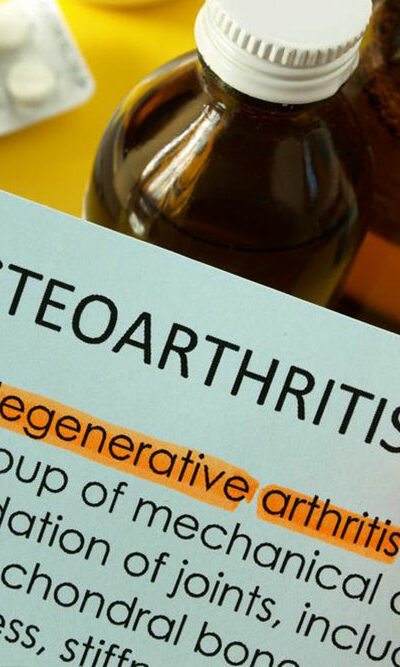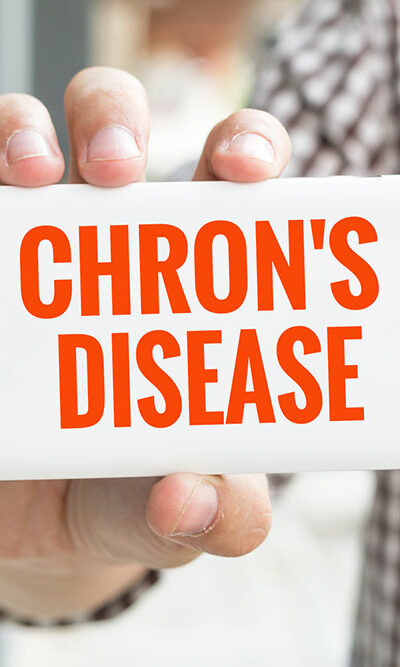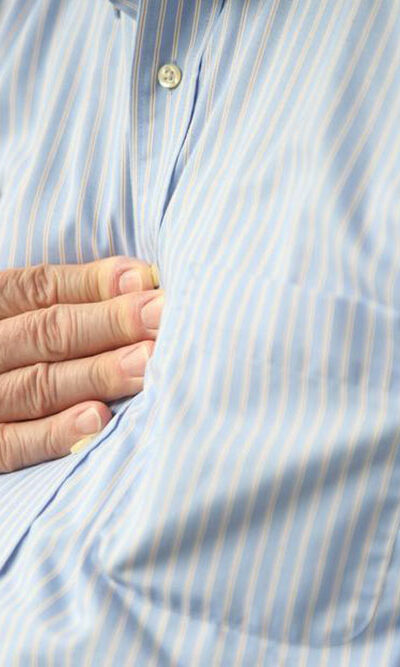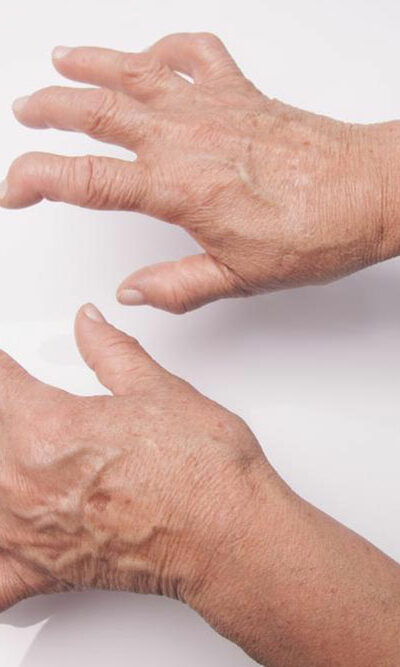
Common Symptoms and Treatments of Overactive Bladder Disorder
One can experience a number of symptoms when having such a disease like an overactive bladder. The most common symptom of an overactive bladder includes sudden and uncontrollable pressure for urination. Leaks and frequent visit to the bathroom are the common behavior for a person having bladder disorder. Aged people are more vulnerable to this disease than youngsters and it can badly affect one’s personal and professional life. People often take its symptoms lightly and simply ignore them believing they can deal with such issues. The disease of overactive bladder can turn out be life-threatening if it is ignored or undiagnosed. If you experience the discontinuity in the urge for urination, you should immediately consult with your doctor to get treatments for overactive bladder disorder. Test to confirm overactive bladder disease If you find abnormalities in the urge of urination, let your doctor find the actual reasons behind the disorder. Your doctor will ensure if you have an infection in your bladder. Your doctor may ask you whether you empty your bladder completely during urination or not. The process of diagnosis may also include the physical examination, checking up medical history, neurological examination and the test of the urine sample. Your doctor may also ask you for a urodynamic test to ensure your bladder’s capability to turn empty completely. The amount of urine left inside the bladder, test for flow rate and pressure are considered in the process to ensure your bladder disorder. Your available treatment options One can develop overactive bladder disorder due to several factors. Likewise, a patient can go through a number of available treatment options. Have a look at some convenient treatment options to cure overactive bladder. Dietary treatments You can get rid of the symptoms of overactive bladder by cutting out some food items from your dietary chart.










